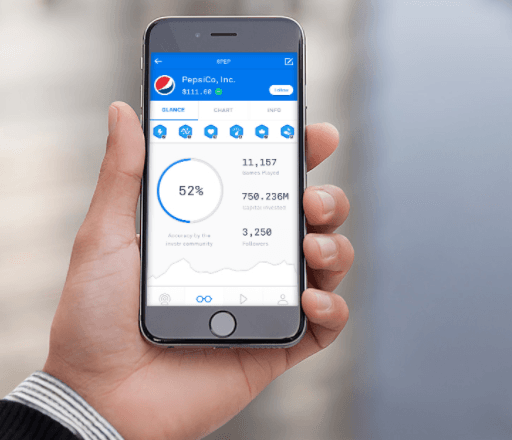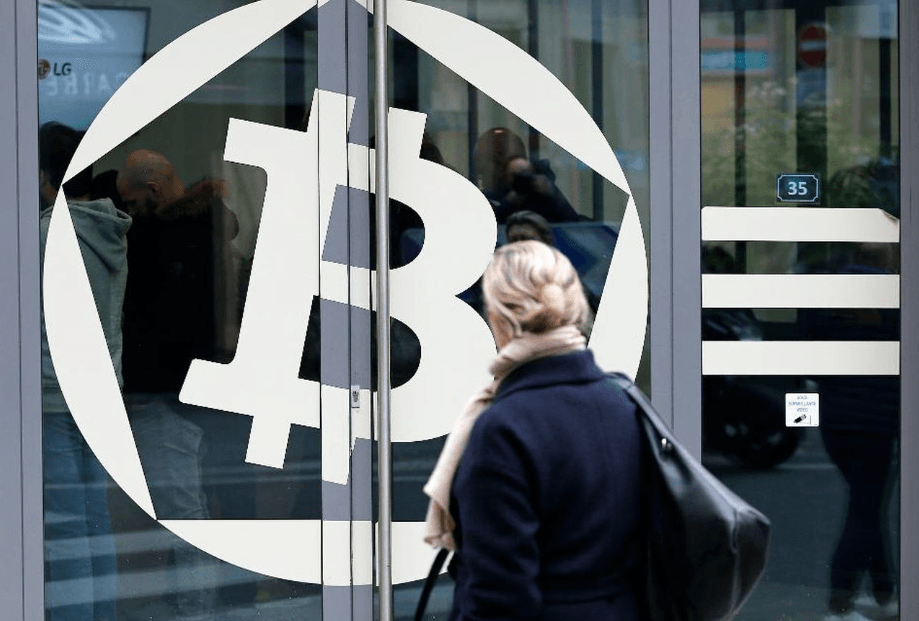In the first part of our series on swaps, we looked at two of the most common types of financial swap, the plain vanilla interest rate swap and the FX swap. Today, we’ll be looking at the motivations for using swap contracts, and also the various ways in which these deals can be terminated early.
There are two main motivations for a company to use a swap contract, and these are commercial needs and comparative advantage.
Commercial Needs

An example of this might be a bank, which earns a fixed rate of interest from loans (assets) and a floating rate of interest on deposits (liabilities). Mismatches between assets and liabilities of this sort can cause big problems. For instance, if the floating rate were to exceed the fixed rate by a certain amount, it could cause the interest payments on the bank’s liabilities to eat into the profits made from the assets to the point where they start making a net loss.
This problem could be alleviated by using a fixed-pay swap, where they pay a fixed rate and receive a floating rate to convert fixed-rate assets into floating-rate assets. These floating rate assets would then match up a lot better with the bank’s floating-rate liabilities.
Comparative Advantage
The other main motivation for using a swap contract is known as comparative advantage. This arises because some companies have a comparative advantage when it comes to acquiring certain types of financing, but this type of financing might not be appropriate to every situation. In cases such as these, the company might choose to acquire the financing that it has a comparative advantage in obtaining, and then use a swap to turn it into the type of financing that they need.
So, if you had a company that was very well-known in Europe that wishes to expand into the US market, it would be more likely to receive favourable financing terms from a European bank than a US one. However, the expansion into the US would require them to use dollars. In this case, the company could obtain euro-denominated financing at a favourable rate from a European bank, and then use an FX swap to provide it with the dollars it needs to fund expansion into the US. The principal of the loan could then be paid back at the end of the swap period, as the swap would end with the return of the euro-denominated swap prinicipal.
Making an Early Exit
Sometimes, one of the parties involved with a swap contract may need to get out of the deal before the pre-agreed termination date, in the same way an investor might sell an exchange-traded option or futures contract ahead of its expiration. There are four ways in which you can achieve an early exit from a swap deal:
- Buying Out the Counterparty: Like other financial contracts such as options and futures, swap contracts have a market value. Therefore, in some cases it may be possible to terminate the contract by paying the market value to the counterparty. It should be noted, however, that this is not a universal feature of a swap contract, and to get out in this way this option needs to be specified in the contract in the first place – otherwise, you will need the consent of the counterparty, which they are not obliged to give.
- Selling on the Swap Contract: Swaps have a calculable market value, which means that you can theoretically sell on the contract to a third party. However, as with the process of buying out the counterparty, you need the consent of the counterparty before you can do this.
- Using an Offsetting Swap: By entering into a second swap that is the opposite of the one you are trying to get out of, you can more or less cancel out the effect of the first swap. For example, if you were in an interest rate swap arrangement where you pay a fixed rate and receive a floating rate, you could cancel this out by entering into a second swap arrangement where you receive a fixed rate and pay a floating rate. However, this carries a bit of a market risk, in that you may not be able to obtain matching or favourable rates at the time when you decide to enter into an offsetting swap.
- Using a Swaption: As the name suggests, a swaption is an option on a swap. This allows you to set up a potentially offsetting swap at the time the original swap is entered into, and have the option of triggering it at a later date. This reduces the risks of entering into an offsetting swap at a later date when market conditions have moved against your original position.
Swaps for Online Forex Traders?
While swaps are used mainly by large companies and institutions, they can provide a useful hedging vehicle for speculative investments, such as long-term forex positions. In effect, an FX swap is essentially a long-term forex position, which may have lower associated costs, but that you also have less control over the length of.
Swaps are generally considered a high-end financial instrument, used by large companies, high-net-worth investors, and institutional traders to control risk and gain a financial edge. While they are not generally available as a tradable instrument at retail brokerages, swap rates do determine the rollover costs associated with keeping positions open overnight. That’s why it’s essential that you look at the swap rates offered by various brokerages, and consider this alongside other factors such as spread sizes and execution types when choosing who to trade with.
See Also:
FX Swaps & Interest Rate Swaps Explained: Part 1
Tradersdna is a leading digital and social media platform for traders and investors. Tradersdna offers premiere resources for trading and investing education, digital resources for personal finance, market analysis and free trading guides. More about TradersDNA Features: What Does It Take to Become an Aggressive Trader? | Everything You Need to Know About White Label Trading Software | Advantages of Automated Forex Trading









































